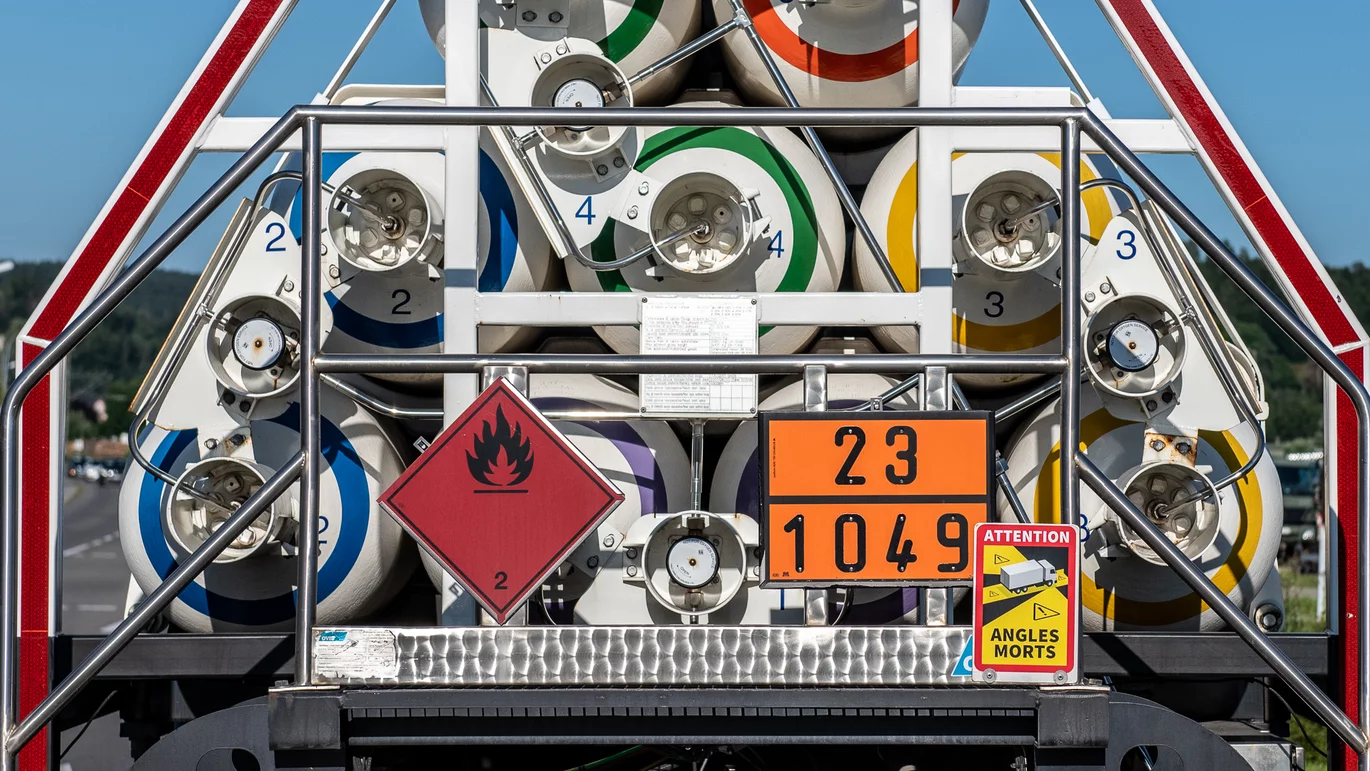More and more hydrogen-powered vehicles are on the roads and thus also in tunnels and underground car parks. That is why the International Fire Academy is involved in the «HyResponder» project. With fire services and fire service schools from several European countries, a special training course is to be developed for vehicles and systems with fuel cell technology. At the halfway point of the three-year project, we provide an interim report in the following.
More and more applications of hydrogen technologies
Only a short time ago, hydrogen was considered a possible energy carrier of the future. In reality, hydrogen technologies are already in service. The website H2stations.org already lists eleven hydrogen filling stations for Switzerland alone. Furthermore, retailer Migros, for example, uses eight hydrogen-powered trucks for daily deliveries to its stores. Even today, any fire service could be confronted with an accident or fire concerning a hydrogen-powered vehicle in a tunnel or underground car park, for example. Against this background, the International Fire Academy, in coordination with the Fire Service Coordination Switzerland (FSCS), is involved in a project funded by the European Union to develop special courses for fire service personnel on the subject of hydrogen.

Knowledge-based and practice-oriented
The project is coordinated by the HySafer Centre at Ulster University in Belfast (Northern Ireland), one of the world's leading research institutes for hydrogen technologies. On the fire service side, the Ecole Nationale Supérieure des Officiers de Sapeurs-Pompiers, i.e. the French National Fire Officers Academy, has taken the lead. A total of 16 experts from fire services and fire schools, authorities, industrial companies and scientific institutes are involved. Together, they are to develop a train-the-trainer programme as a basis on which firefighters of all command levels can be trained for operations in which hydrogen is involved in some way. As a result, both an extensive knowledge database and recommendations for operational tactics and techniques should be made available. To convey the content, virtual reality technologies are also to be used. This article shows the first drafts of Crisis Simulation Engineering Sàrl (France) for the virtual training scenarios.
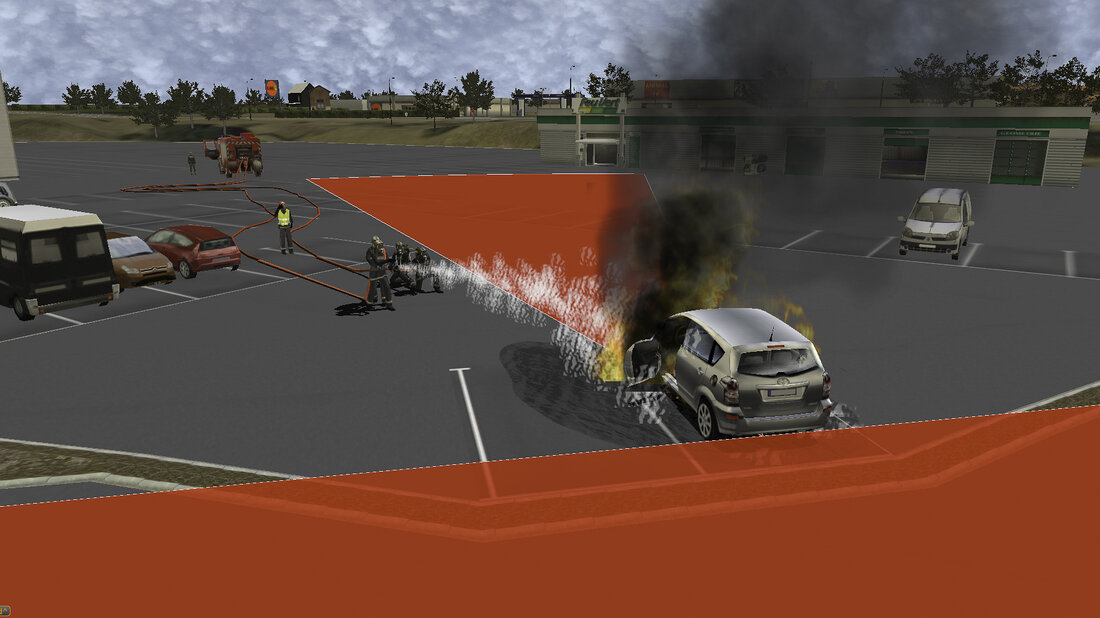
Challenge of target group-oriented teaching content
One of the significant challenges of the project is to prepare the teaching content in a way that is appropriate for the target groups. Four target groups were defined for this purpose: crew, sub-officers, incident commanders (officers) and specialists. Comprehensive lessons are available for specialists, covering all the current knowledge on the safe handling of hydrogen technologies. In addition, they are offered a module called «e-laboratory», with which complex calculations on the behaviour of hydrogen can be carried out. For example, the length of hydrogen jet flames can be calculated as a function of the technical properties and the current condition of a hydrogen vehicle tank. This tool should be particularly helpful for firefighters involved in approval procedures for hydrogen filling stations, for example.
However, during deployment, the data that needs to be entered into the calculation module is usually not available. That is why the project members are currently working intensively on simple rules of thumb for emergency personnel. For example, to be able to estimate how long it takes for the entire content of a hydrogen tank that is burnt off in a controlled manner to be consumed.
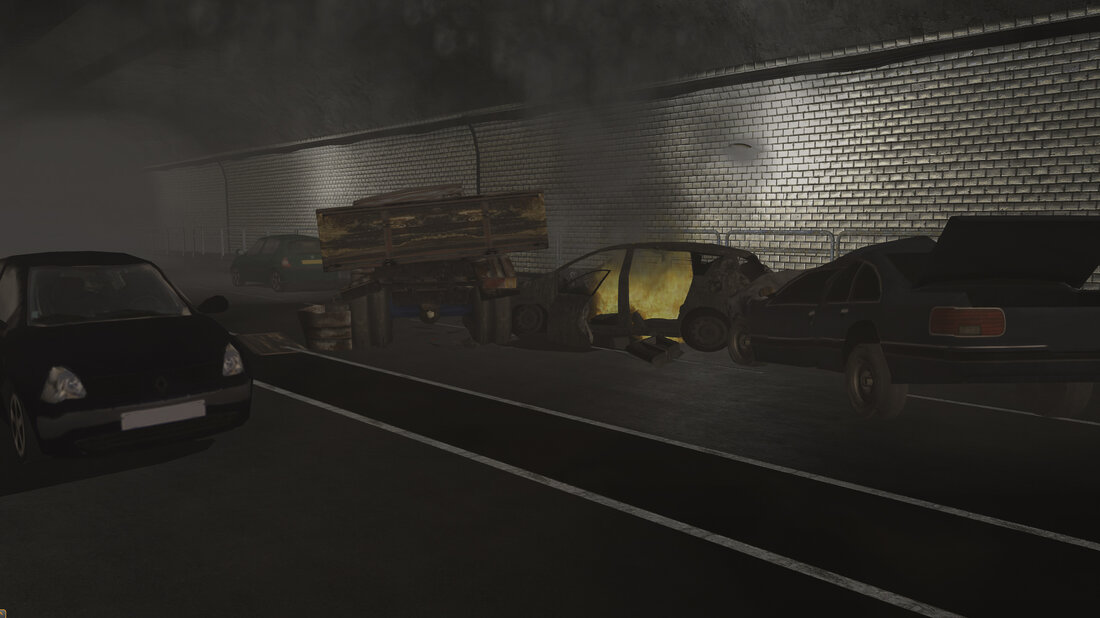
Major concern: risk of explosion
The firefighters involved in the project are most concerned about the possible explosion hazards. It is true that the release of hydrogen without igniting is relatively rare; moreover, hydrogen volatilises very quickly. In enclosed spaces such as tunnels or underground parking, however, the formation of an explosive gas-air mixture cannot be ruled out, which poses a significant risk for the emergency personnel themselves. Because they can protect themselves well against fire and smoke, but not against the blast wave of an explosion. Many questions arise in this context, such as:
- What distances should emergency personnel keep?
- Is an interior attack in an underground car park in which hydrogen has escaped from a vehicle without ignition justifiable?
- How large should the clearance radii around damaged hydrogen vehicles be?
These are central and extraordinarily difficult questions of the project. Great hopes are therefore being placed on new technologies that can virtually eliminate the explosion hazards of hydrogen-powered vehicles, for example, by means of tanks that, when heated, allow the hydrogen to escape through the tank wall. The tank then burns, but there can be no dangerous increase in pressure that would cause the tank to burst.
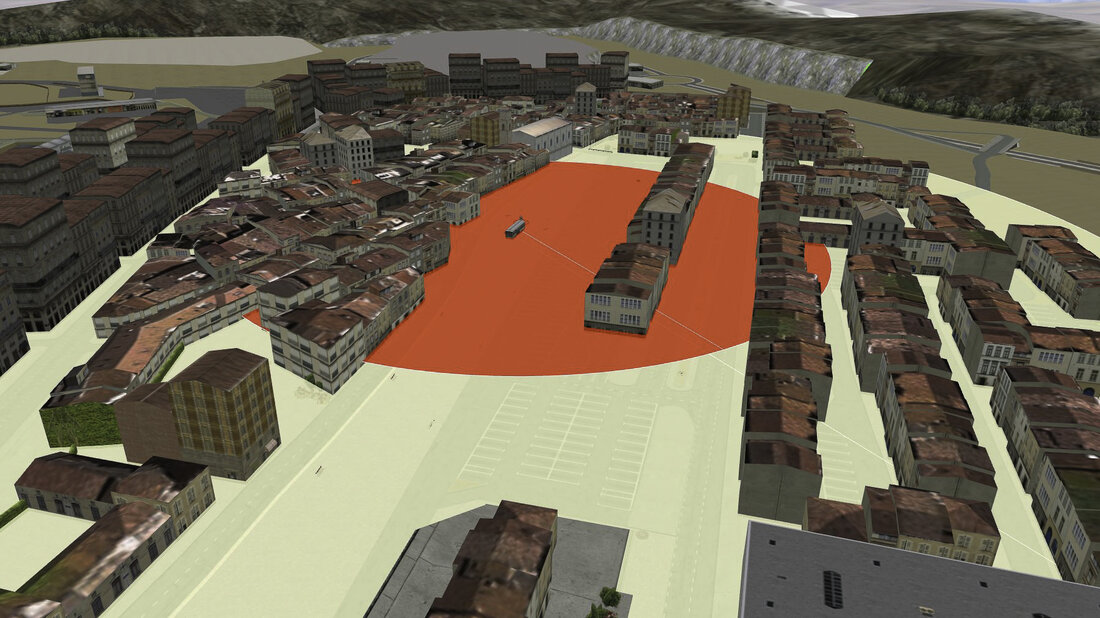
Swiss course in development
Currently, the FSCS and the International Fire Academy are investigating how the content and teaching materials developed by the «HyResponder» project can be used for the training of Swiss fire services. The aim is to provide a compact course that is limited to the absolutely necessary background knowledge and teaches simple rules of engagement for firefighters. At the same time, the knowledge gathered in this project is to be made accessible to all specialists.
What is really necessary to know and which procedures are best in the field is still an open question, as all fire service representatives involved in the project agree on this: So far, there have - fortunately - been too few operations with hydrogen-powered vehicles to be able to build on reliable empirical values. This is likely to change: Hydrogen technologies are not only spreading faster and faster through vehicles and the associated infrastructure. Fuel cells are also used, for example, for the emergency power supply of mobile phone transmission masts or are used as buffer storage for wind power plants.
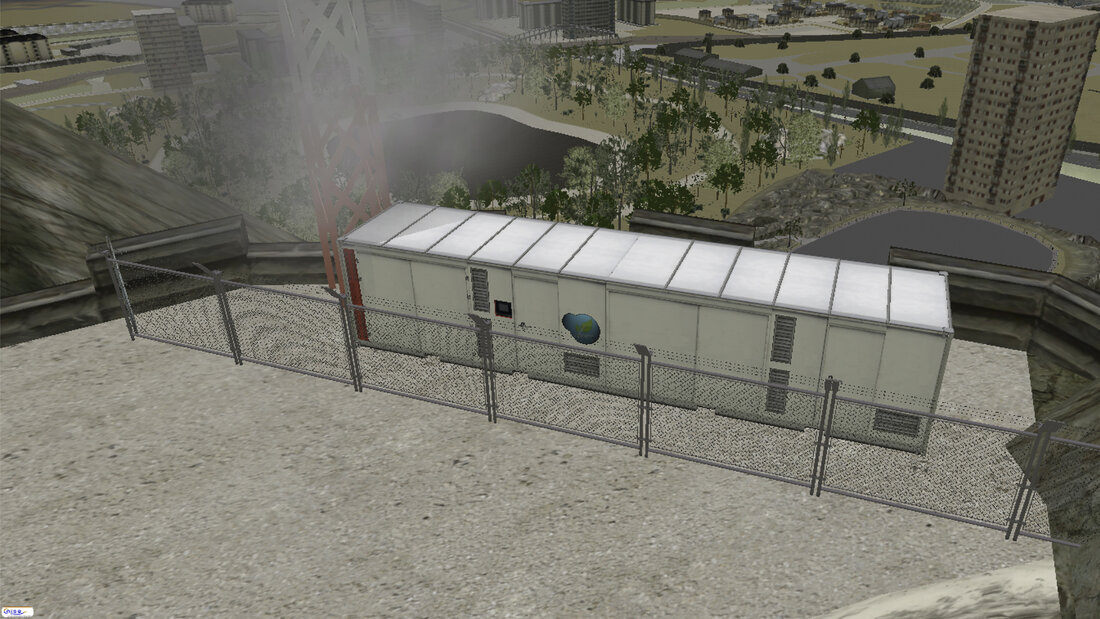
Please read our other magazine articles on the subject of hydrogen What to do when hydrogen-powered vehicles are on fire? and Firefighting operations concerning hydrogen vehicles: insights from the online workshop


